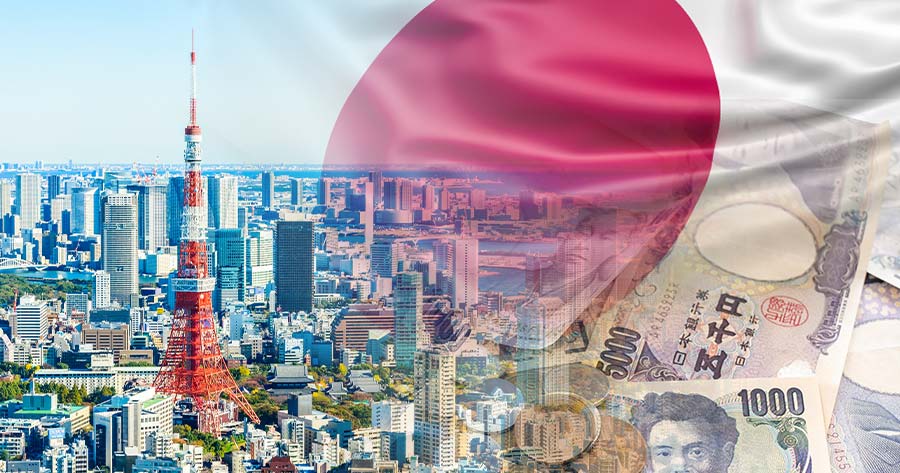In a bounce back from a 43-month low in September at a 1.7% drop, Japanese exports swelled by 3.1% in October compared to the same period the previous year. This surge outstripped projections of a 2.2% rise from economists surveyed by Reuters.
Government data reveals that the highest increase in Japanese exports was witnessed in the Middle East region, with a substantial 35.4% uptick compared to the same period last year.
Conversely, import figures by GDP recorded a modest 0.4% increase, defying Reuters poll expectations of a 0.3% decline. This led Japan’s trade deficit to widen to 461.2 billion yen ($2.98 billion), exceeding Reuters poll expectations of 360.4 billion yen and also outpacing September’s revised figure of 294.1 billion yen.
Daniel Hurley, global equities portfolio specialist at T. Rowe Price, expressed in a note on November 19 that the primary area to be closely watched for Japan equities is the trajectory of tariffs and trade relations under U.S. President-elect Donald Trump’s leadership, as the country heavily leans on its export sector.
Additionally, Japan also shares a particular close kinship with the United States and specifically with Trump. Any amplification in strained relations between the U.S. and China over tariffs and trade stands to add burden to global commerce and the world’s economic expansion.
Being both open and cyclic, Japan’s economy would be significantly affected by any setbacks in global trade and economic growth.





